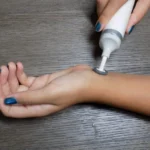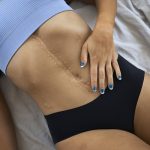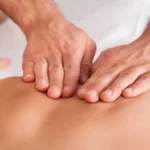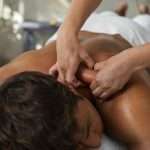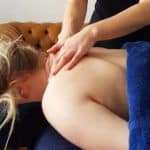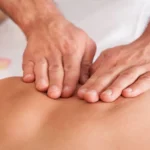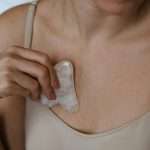Massaging scar tissue after breast surgery is a simple yet effective way to enhance healing, reduce tightness, and improve scar flexibility. With the right techniques, you can help soften scar tissue, prevent adhesions, and promote a smoother, less visible scar over time. Always consult with your healthcare provider before starting scar massage, and be gentle with your approach. A consistent massage routine can make a significant difference in your recovery and overall comfort, helping you regain confidence and mobility after surgery.
Benefits of Massaging Scar Tissue After Breast Surgery
Increased flexibility: Massaging scar tissue can help to improve the flexibility of the skin and surrounding tissues, helping to reduce discomfort.
- Reduced scar size: Massaging the scar helps to reduce the size of the scar, making it less visible.
- Reduced inflammation: Massaging the area can help to reduce inflammation, which can help to reduce the risk of infection and improve the healing process.
- Reduced pain: Massaging the area can help to reduce pain, making it more comfortable to wear clothing and engage in activities.
- Improved circulation: Massaging the area can help to improve circulation, which can help to promote the healing process.
- Reduced risk of infection: Massaging the scar can help to reduce the risk of infection, which can help to prevent complications.
Massaging scar tissue after breast surgery can help to improve the healing process, reduce pain and inflammation, and reduce the size of the scar. It is important to massage the scar in a gentle, circular motion with light pressure, which can help to reduce discomfort and improve circulation. Regular massage of the scar can help to reduce the risk of infection and promote healing.
Preparing for Massage

Gather Supplies:
- Massage oil
- Soft cloth
- Warm washcloth
Choose a Comfortable Position:
Lay down on your back or in a seated position. Place a pillow underneath your arm to support the area that is being massaged.
Warm Up the Area:
Place a warm washcloth on the scar tissue for 5 minutes prior to massage. This will help to relax the area and make it easier to massage.
Test the Pressure:
Using your fingertips, gently press on the area to test the pressure. Start with light pressure and gradually increase the pressure as needed.
Massage Techniques for Scar Tissue After Breast Surgery

Finger Massage
This technique is used to gently manipulate the scar tissue and break down adhesions. Start by applying light pressure with the fingertips, in a circular motion. Gradually increase the pressure, working inwards to the center of the scar.
Kneading
Using your fingers, knead the scar in a circular motion. This will help to increase circulation and reduce tightness.
Friction
Friction can be used to help reduce the appearance of the scar. Using your fingertips, apply light pressure and create a friction-like motion over the scar.
Vibration
Vibration can help to reduce pain and tension. To do this, use your fingertips to tap the scar in a rhythmic pattern. This will help to relax the muscles around the scar and reduce tension.
Massage Oils and Lotions
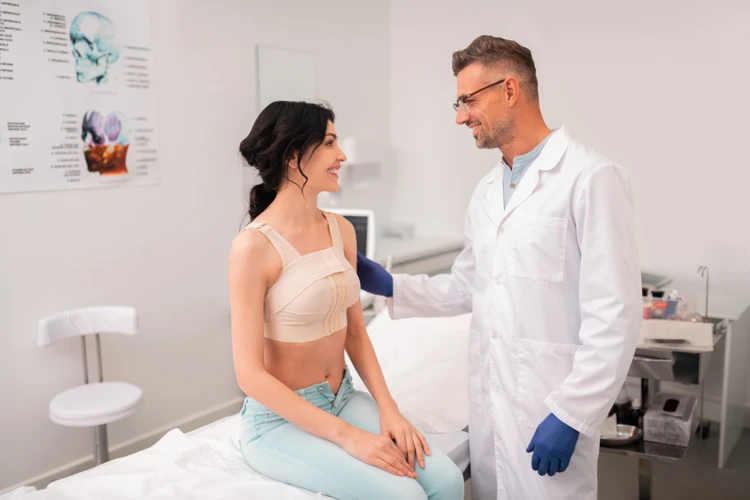
Massage oils and lotions are essential for optimal healing of scar tissue after breast surgery. It is important to use only non-scented and hypoallergenic products that do not contain petroleum or mineral oil. A light oil, such as almond oil or coconut oil, will help reduce friction during massage and prevent skin irritation. Alternatively, an unscented, hypoallergenic lotion can be used. Before applying the oil or lotion, it is important to warm it in your hands to body temperature, as this will prevent any potential shock to the skin. Massage should be applied gently but firmly in the direction of the scar, starting at the edges of the scar and gradually moving toward the center. After the massage, it is important to wash the area with a gentle cleanser and warm water.
Duration of Breast Massage
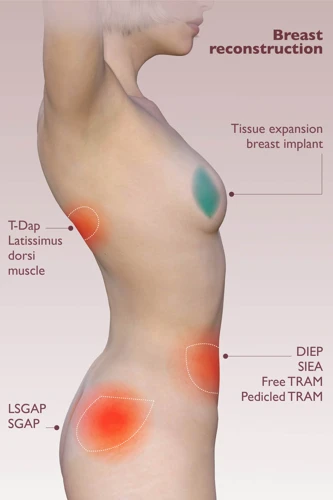
- Light Massage: Up to 5 minutes, 2-3 times per day
- Deep Massage: Up to 10 minutes, 2-3 times per week
It is important to note that the duration of massage should be tailored to the individual, depending on the severity of scarring and the patient’s pain tolerance. The massage should never be painful, and it should be stopped immediately if there is any discomfort.
Frequency of Breast Massage
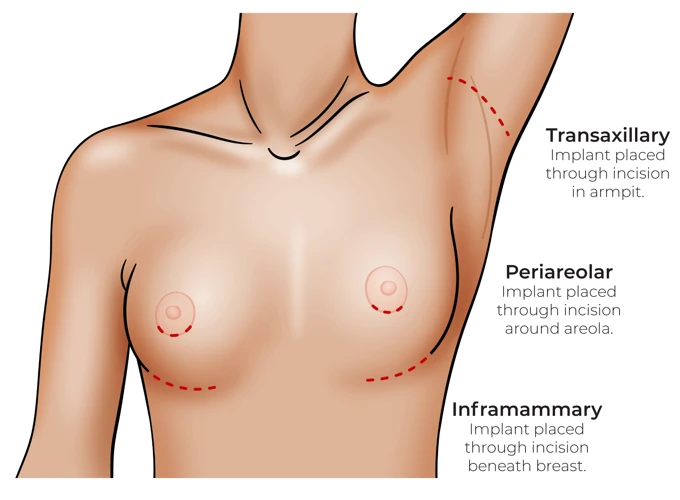
Massage should be done 2-3 times per week for optimal healing. It is important to give the body enough time to recover in between massages for the best results. Start with gentle pressure and then increase intensity as tolerated. Begin with light stroking and kneading, then progress to deeper pressure, depending on the patient’s comfort level. Massage should be done for 5-10 minutes each time.
Massage and Radiation Therapy

- Breast scar massage is beneficial for those who have undergone radiation therapy after surgery. It can mprove the healing process of scar tissue after breast surgery by increasing circulation, decreasing pain, and promoting the production of healthy tissue.
- Radiation can cause:
- Tightness and firmness in the skin and underlying tissues.
- Reduced elasticity, leading to discomfort and restricted movement.
- Scar massage helps by:
- Softening scar tissue and improving flexibility.
- Enhancing circulation and promoting lymphatic drainage.
- Reducing the risk of fibrosis (thickening and hardening of tissues).
- Important considerations for post-radiation scar massage:
- Use gentle pressure and soothing techniques to avoid irritation.
- Radiation can make the skin more sensitive and fragile, requiring extra care.
- Always consult your healthcare provider before starting scar massage to ensure it’s safe and appropriate for your recovery.
Massage and Breast Reconstruction
| Technique | Purpose |
|---|---|
| Circular Massage | Increase blood flow to the area of skin and fat grafting. |
| Friction Massage | Increase lymphatic circulation and reduce swelling. |
| Effleurage Massage | Softens scar tissue and improve the overall appearance of the reconstructed breast. |
Massage is an important part of the healing process for mastectomy, lumpectomy and reconstructive surgery. Massage helps to reduce pain and swelling, and improve the overall appearance of the reconstructed breast. It can also be used during the breast reconstruction process to help increase blood flow to the area of skin and fat grafting, and to improve lymphatic circulation and reduce swelling. Massage techniques such as circular massage, friction massage and effleurage massage can all be used to help break down scar tissue and soften the skin. It is recommended to start massage soon after surgery, and to continue regularly until the area has healed and the swelling has gone down.
Frequently Asked Questions
How often should I massage my scar tissue?
- Daily: Massage the scar tissue daily to ensure optimal healing.
- Gentle: Massage the scar tissue gently using small circular motions.
- Frequency: Massage the scar tissue for approximately 10 to 15 minutes at a time, multiple times a day.
- Pressure: Apply gentle pressure with your fingertips or a soft cloth to the scar tissue.
- Duration: Massage the scar tissue for at least 3 to 4 weeks after the surgery.

What are the Benefits of Massaging Scar Tissue?
- Reduces Scarring: Massaging scar tissue helps to reduce the appearance of the scar by breaking down scar tissue and allowing the area to flatten.
- Improves Mobility: Massaging scar tissue can help to improve the mobility of the area, allowing the person to move more freely.
- Decreases Pain: Massaging scar tissue can help to decrease pain in the area, as it can help to reduce the amount of tension in the surrounding tissue.
- Improves Nerve Sensitivity: Massaging scar tissue can help to improve nerve sensitivity in the area, which can help to reduce numbness or tingling sensations.
- Promotes Healing: Massaging scar tissue can help to promote the healing process, as it helps to increase blood flow to the area and release tension in the surrounding tissue.
Are there any risks associated with massaging scar tissue?
Scar tissue massage can be beneficial when done correctly and with care. However, there are some risks associated with massaging scar tissue, including skin irritation, broken sutures, infection, and nerve damage. It is important to be aware of these risks and to follow your doctor’s advice when massaging scar tissue.
How can I tell if I’m massaging my scar tissue correctly?
- Look for Signs of Improvement: Monitor the appearance of your scar over time to see if it is improving. Regular massage may help reduce the size and width of scar tissue, as well as improve the texture and color of the skin.
- Pay Attention to Sensations: If you experience pain or discomfort during massage, stop and consult your doctor. Avoid massage if your skin becomes red, swollen or tender.
- Be Gentle: Massaging too hard can cause further irritation, so keep pressure light and gentle. If the pressure is too hard, the massage may cause bruising or bleeding.
- Notice How You Feel Afterward: Following massage, you should feel relaxed and should experience a decrease in pain, swelling and tenderness. If your symptoms worsen or do not improve, consult your doctor.
Is it Safe to Massage Scar Tissue on My Own or Should I Consult a Professional?
It is important to consult a medical professional before attempting to massage scar tissue on your own. Depending on the type of surgery you have had, the size and location of the scar, and your general health, the doctor can advise you on the best type of massage for optimal healing. Professionals may also recommend specific products and techniques that can help minimize the appearance of the scar. With their help, you can ensure that the massage is done correctly and safely.
Conclusion
Scar tissue massage is a gentle yet powerful technique that can soften scars, reduce pain, and promote healing. While some discomfort is normal, regular massage helps break down adhesions, improve circulation, and enhance flexibility over time. If you’ve undergone breast surgery, consult your doctor to ensure safe and effective massage techniques tailored to your recovery. With the right approach, scar massage can be a valuable tool in your healing journey, helping you regain comfort, confidence, and mobility.
References
- Self-Massage After Breast Surgery: A Randomized Control Trial
- Massage Therapy Health Benefits, Techniques, and Types
⚠️ Disclaimer:
This article is for informational purposes only and does not constitute medical advice. Always consult with a licensed healthcare provider or certified massage therapist before beginning any new treatment, especially if you have pre-existing health conditions or concerns.


